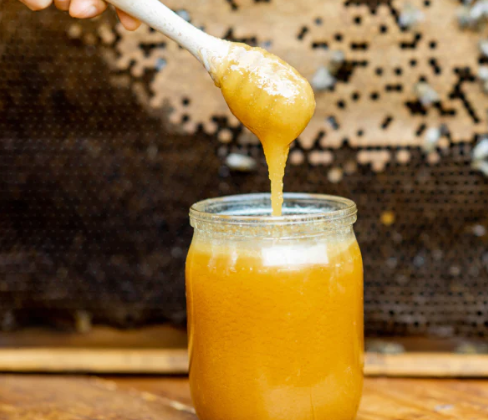Introduction
Honey, a natural sweetener produced by bees, is celebrated not only for its sweetness but also for its diverse flavors and health benefits. From the well-known Manuka honey to the less familiar sourwood or wildflower varieties, the world of honey is vast and varied. This article aims to explore the different types of honey, their unique properties, and how they compare to each other.

The Spectrum of Honey Varieties
Understanding the Diversity in Honey Flavors
Honey’s flavor profile varies significantly depending on the nectar source. Factors like the type of flower, geography, and climate all play a role in determining the taste, color, and texture of the honey produced. This diversity means there’s a type of honey for every palate, from mild and sweet to rich and robust.
Popular Varieties: From Mild to Bold
Mild Honey: A Gentle Introduction
For those new to honey, mild varieties like acacia or clover offer a subtle, sweet flavor, perfect for sweetening beverages or dishes without overpowering them.
Sourwood Honey vs. Wildflower Honey
Sourwood honey, originating from the nectar of the sourwood tree blossoms, offers a unique, spicy-sweet flavor. In contrast, wildflower honey, made from the nectar of various wildflowers, varies in taste and color but generally provides a more complex flavor profile.
Tupelo Honey vs. Manuka Honey
Tupelo honey, with its buttery sweetness and light consistency, contrasts sharply with Manuka honey’s richer, more earthy taste and thicker texture.
Wildflower Honey vs. Manuka Honey
While wildflower honey offers a reflection of its local flora with a varied taste, Manuka honey is prized for its consistent, distinctive flavor and medicinal properties.
Special Focus on Manuka Honey
Manuka Honey vs. Regular Honey
Manuka honey, produced in New Zealand, stands out for its unique antibacterial properties. Compared to regular honey, Manuka has a stronger flavor and contains unique compounds like methylglyoxal (MGO), which contribute to its health benefits.
What is Manuka Honey?
What is Manuka honey: It is made from the nectar of the Manuka bush. It has gained global recognition for its healing properties, including its effectiveness in wound healing and as a natural antibacterial agent.
The Role of MGO in Manuka Honey
MGO in Manuka honey is what sets it apart from other varieties. It’s responsible for the honey’s antibacterial strength, with higher MGO levels indicating stronger antibacterial properties. This makes Manuka honey not just a sweetener, but also a therapeutic product.
Choosing the Right Honey
Which Variety of Honey is Best?
The “best” honey depends on individual preferences and the intended use. For culinary purposes, a milder honey might be ideal, whereas for medicinal uses, a variety like Manuka could be more suitable.
Sweetness and Purity: What to Look For
When selecting honey, consider its sweetness level and purity. Pure honey, without additives, offers the full spectrum of honey’s natural benefits. The term “100% honey” is often used to indicate pure honey, but it’s important to verify the source and check for certifications.
Conclusion
The world of honey is as diverse as it is delightful. Each variety, from the mild and sweet to the robust and medicinal, offers something unique. Understanding these differences not only enhances our culinary experiences but also allows us to harness the various health benefits that honey has to offer.



